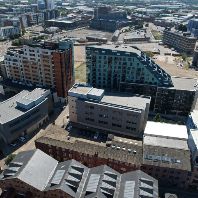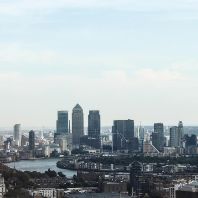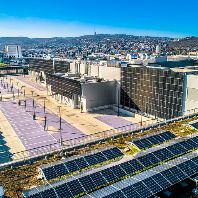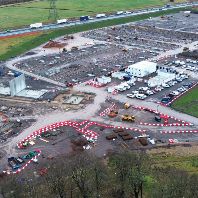Signs of the long sought after recovery in the secondary market have continued to elude investors in the second quarter of 2011, according to the IPD UK Quarterly Property Index. Total return for the quarter was 2.0%.
All property capital value growth fell a further 30 basis points, to 0.5%, while capital growth for the all-important higher-yielding properties, a proxy measure for secondary assets, remained negative, at -0.4%. Weak occupier demand continues to be the main factor keeping the majority of investors at bay, triggering debate around the ability of property risk premiums to cover the cost of any subsequent falls in income.
While the UK market has now seen positive capital growth for eight consecutive quarters, totaling 20.5%, growth has dwindled considerably in the last year. In a week when four of the big banks, with an undisclosed amount of secondary property on their loan books, have announced their interim results, the lack of movement in the secondary sector will inevitably be viewed with trepidation.
"The secondary market is starting to show signs of life, but, as yet, a broad based recovery has yet to materialize. High-yielding central London offices are continuing to see yield compression, as investors look beyond core assets for value adding opportunities.
"A similar pattern is emerging for higher-yielding retails, and we are finally starting to see signs of movement in the industrial sector, but much of the market saw falling returns. It's interesting to note though that these increases are yield driven, not occupier led," said Greg Mansell, IPD Research Manager, at the IPD/IPF/PDIG UK Q2 2011 Quarterly Briefing.
"Income lost"
Mansell continued, "Income is, obviously, the key driver of returns at present. Having remained consistent at 1.5% for the last five quarters, it has allowed property to act much like a bond to investors, with a secure income stream. This is where investment in the secondary market has seemed attractive, with the initial yield offered on secondary properties up to 3.4% higher than the more expensive prime assets.
"However, analysis of their net income growth shows that the income stream from secondary assets has declined rapidly in recent years, due to increasing voids, inducements and falling rents. Given the erosion of income levels in the secondary market, questions are emerging about the viability of holding such assets, and whether the income stream will remain high enough to service the debt used in purchasing them.
"It may also mean that lenders could be faced with a number of difficult decisions if repayment is not forthcoming, as "pretend and extend" would no longer be an option.
"Questions surrounding secondary property's income security will also concern funds with ready equity waiting to enter the market, as will the potential for banks to release a glut of secondary stock further impacting on values in an already tenuous situation."
The income decline varies considerably across sectors. In central and inner London offices the decline in income over two years was 20%, while in shopping centers it was only 4%.
Investment volumes
Net investment for the quarter was £0.8 billion, as sales fell to their lowest levels since Q2 2006, to £1.3 billion.
Mansell concluded, "While fundamentals are improving in the occupiers market - rental value growth has increased to 0.3% for the quarter, making it now 0.6% over a 12-month period - the underlying tenant demand means that secondary assets, though technically attractive for their income returns, are still risky, and until the wider macro-economic factors improve it is unlikely there will be considerable growth in demand any time soon."
Source: IPD















